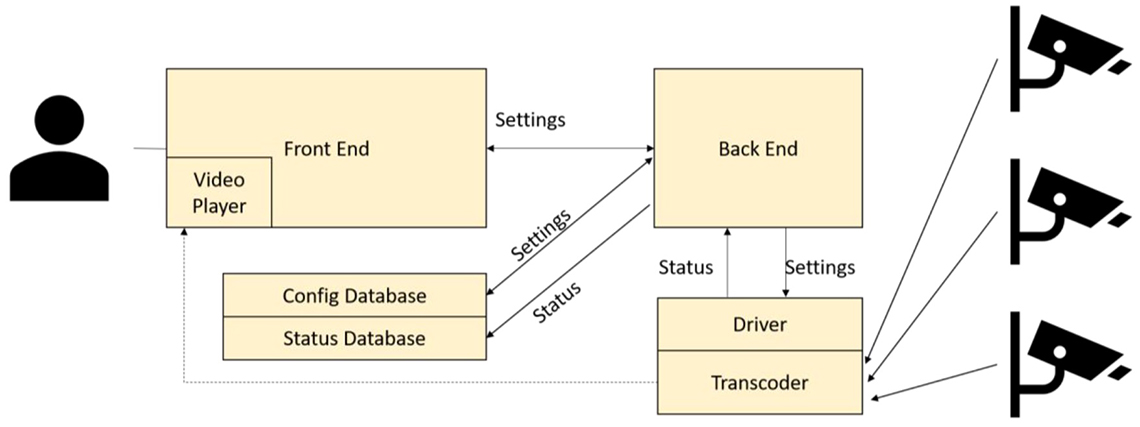Background
Advanced Traffic Management System (ATMS) procurements are now requiring a video distribution system (VDS) in addition to traditional ATMS functionality. SwRI has previously been able to fill this space by offering an array of other desirable functionality to offset the lack of a VDS, and clients would contract out the necessary functionality to a separate vendor.
To effectively size and estimate system deployments, SwRI needed to understand the performance and latency exhibited by different computer hardware and software combinations when handling large volumes of video streams. This is especially important for newer technologies, such as Graphical Processing Unit (GPU)-accelerated video decoding, where a forward-thinking approach could place us at the leading edge of this technology.
Approach
The objective of this research was to develop a test framework that would allow SwRI to evaluate the performance of different types of software decoding libraries. Using the results from the evaluation phase, a model was developed that, for a given software library, can infer specific recommendations for the scale of hardware needed to stream a given number of video streams at defined stream resolutions with latency and dropped frames less than a defined value.
Accomplishments
A testing framework was created with a separate driver to test the open source, Red5 software decoding library as well and the commercial equivalent, Wowza. Our analysis found that Wowza was the more reliable solution. While the cost was more than Red5, the software reliability may be the most critical aspect of the solution in a production setting. While the CPU rendering of Red5 also outperformed the Wowza CPU rendering, the GPU rendering done by the Wowza engine was by far the most efficient of all the testing performed. In addition, a prediction model was developed to scope future proposals for hardware needs based on camera stream characteristics.

Figure 1: Test framework design used to evaluate software libraries.
